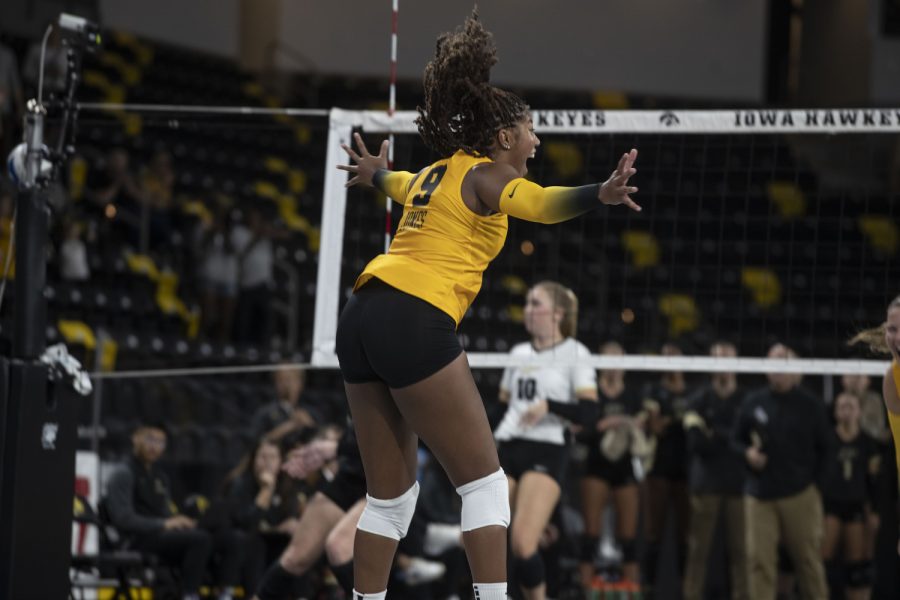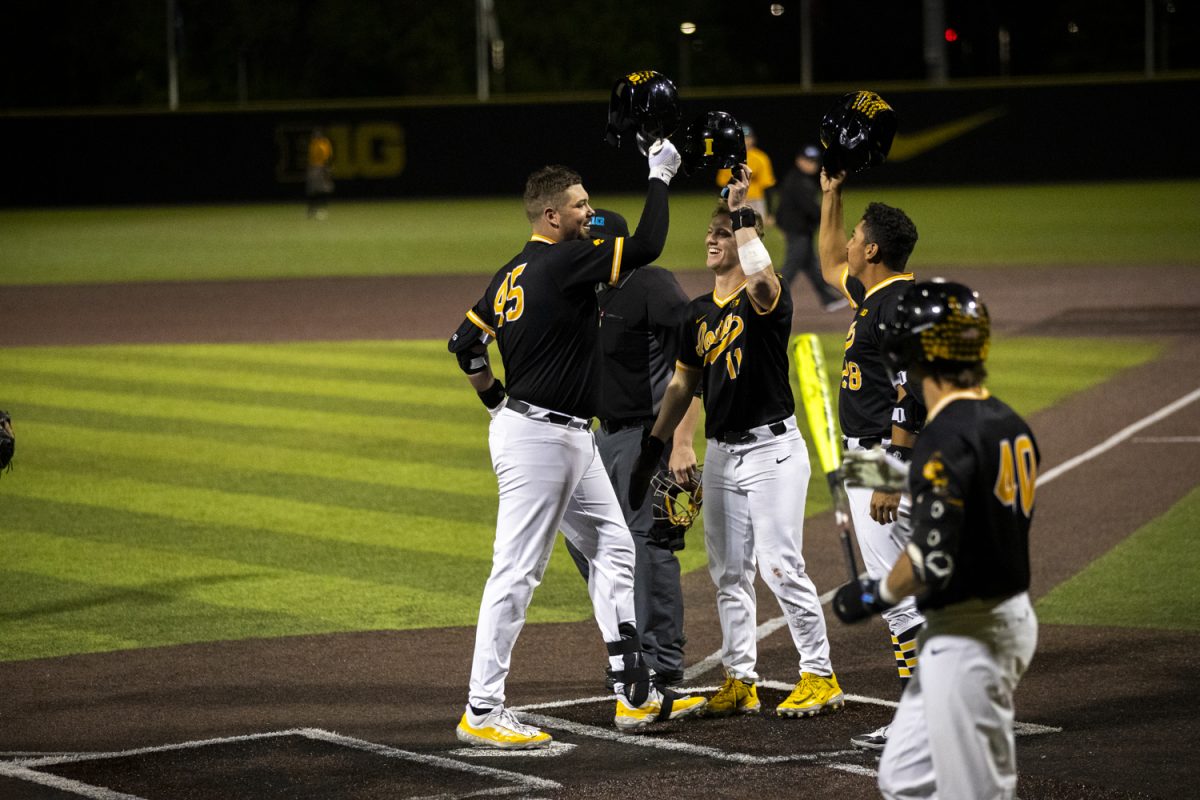"I wonder if baseball is our … generation’s boxing and horse racing," ESPN personality Scott Van Pelt said recently on "The B.S. Report" podcast.
"Couldn’t agree more," said host of the podcast Bill Simmons, a fervent Red Sox fan. He then said his most recent column about the American League MVP race was the first time a reader emailed him to ask why he even bothered writing about baseball. Both Van Pelt and Simmons seemed to find the sport’s devolution as inevitable and were somber in their declaration.
In some ways, the old guard who enjoyed splendid day games at a not rundown Wrigley and the Polo Grounds are correct. Baseball is no longer America’s most popular sport, and baseball is no longer even a national pastime.
Rather, numbers show that the days of a Clemente fan’s existence in Seattle are likely over, and that the Pirates will most likely attract the mass of the team’s following in just Pittsburgh. But that’s how baseball will survive into the next century and onward.
Unlike the NFL, which broadcasts all but one of its weekly games — at least early in the season — on over-the-air networks, the vast majority of baseball games are shown on local sports cable networks.
As simple as it sounds, if the local team is good, it will attract a following. The lovable Washington Nationals received a 139.3 percent ratings boost from 2009 to 2010 with the addition of prodigal pitcher Stephen Strasburg.
Anecdotally, living within an hour of Washington, D.C., when not at school, I can honestly say those starts were a topic of local conversation. While it garnered a good amount of national attention, the local coverage was equivalent to when the Redskins make their quadrennial playoff run. Even when it wasn’t Stras-mas, conversations about the Curly Ws had a new excitement that promoted local Nationalism, because people were watching at least one of every five games.
This effect seems true in all markets, not just the small markets. Even the Mets and Dodgers can’t rely on a national fanbase now, but fans will watch if the teams are competitive.
The 2011 midseason numbers released in July reflected this. The worst team in baseball this past season was Houston, and the Astros’ ratings were down 34 percent. But the Brewers — who eventually had a 96-66 record — had a 32 percent ratings increase from last season. Milwaukee’s attendance was also in the top five this year, up four spots from when the team finished 77-85 last season.
This all seems counterintuitive with the solidification of the Internet, which is now as much a part of daily life as television. With the Internet, it’s easier to be a Yankee fan in Detroit because television can now come through your MacBook.
But Major League Baseball hasn’t been shrewd in promoting national fandom, with minor decisions like paying separately for the online television pass and for DirecTV MLB Extra Innings. Perhaps this is what has driven fans to settle for the local market when they need baseball.
So while the World Series looms, MLB awaits yet another national event that has had declining numbers in recent years. No longer the All-American spectacle that was as popular as the Super Bowl, the World Series’ ratings have declined with cable and the local shift in baseball.
But in the six instances that Boston or New York have played in the Series since 2000, viewership has stayed above 17 million people. In 2006 and 2008 — featuring teams from St. Louis, Detroit, Philadelphia, and Tampa Bay — there was an average audience of approximately 14.7 million.
At least to me, it’s official: Baseball is America’s local pastime.






